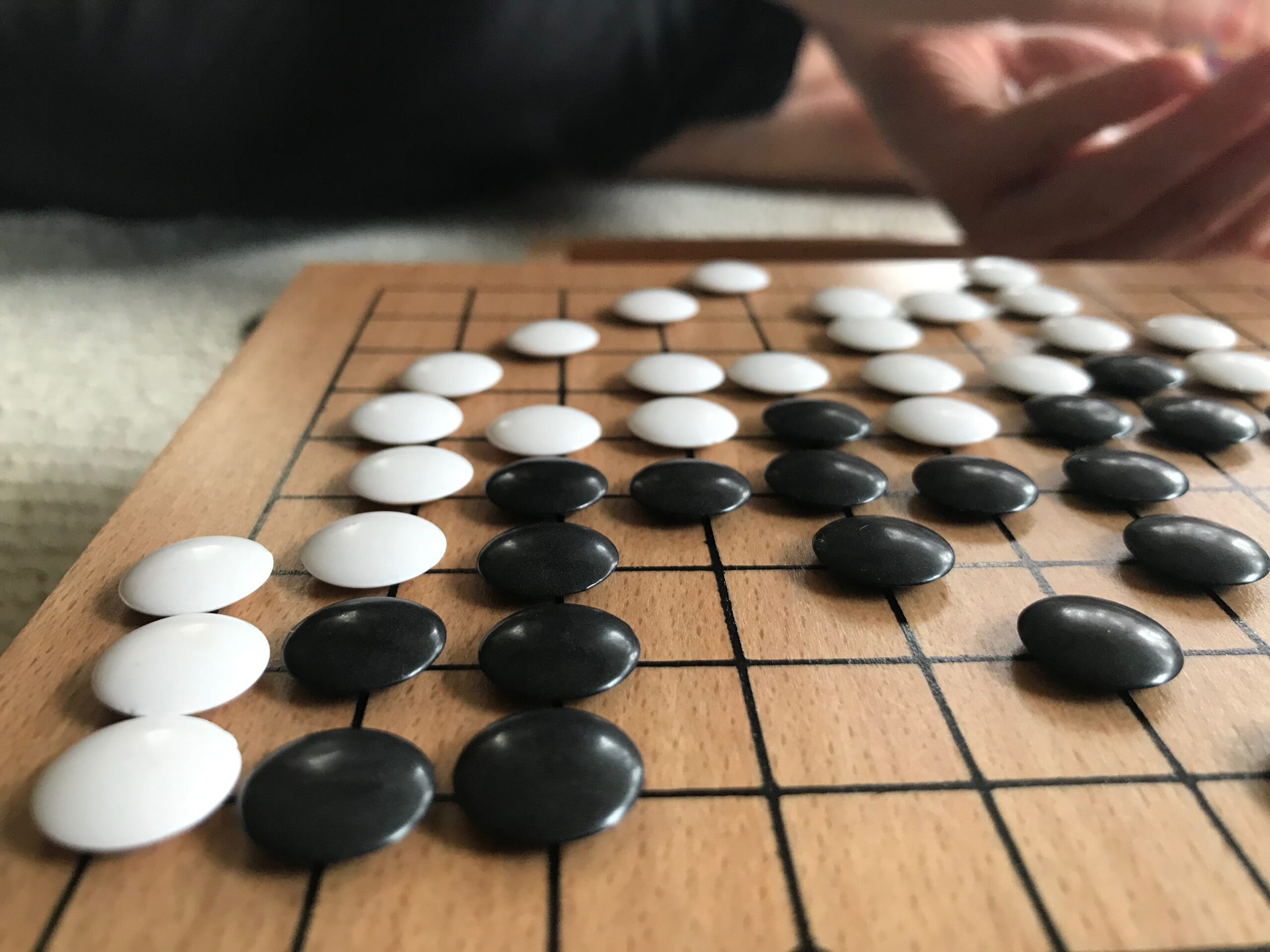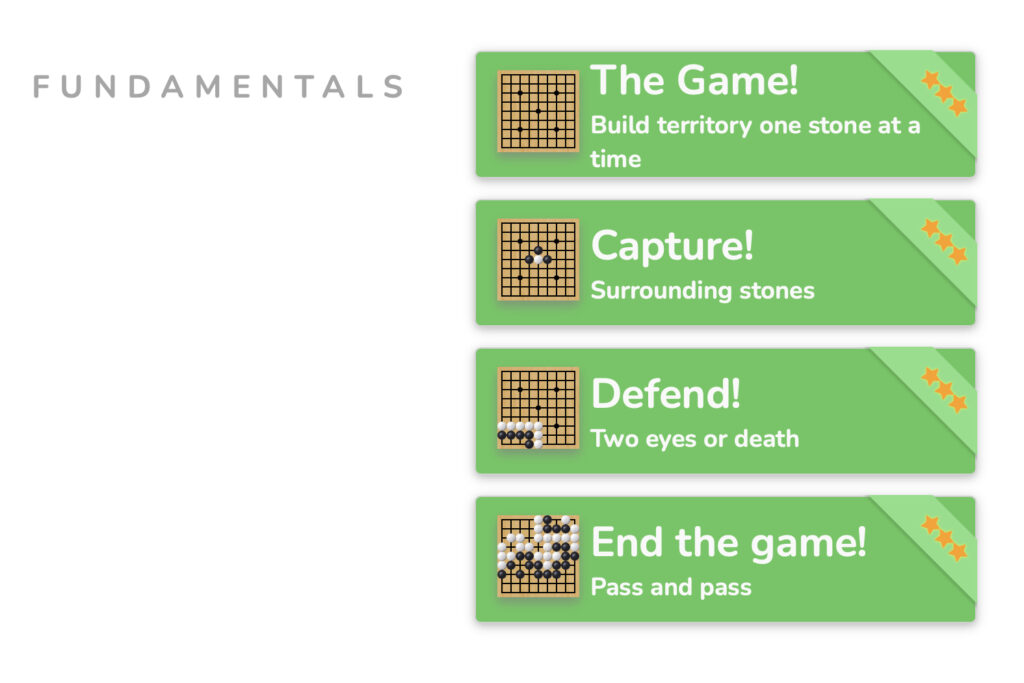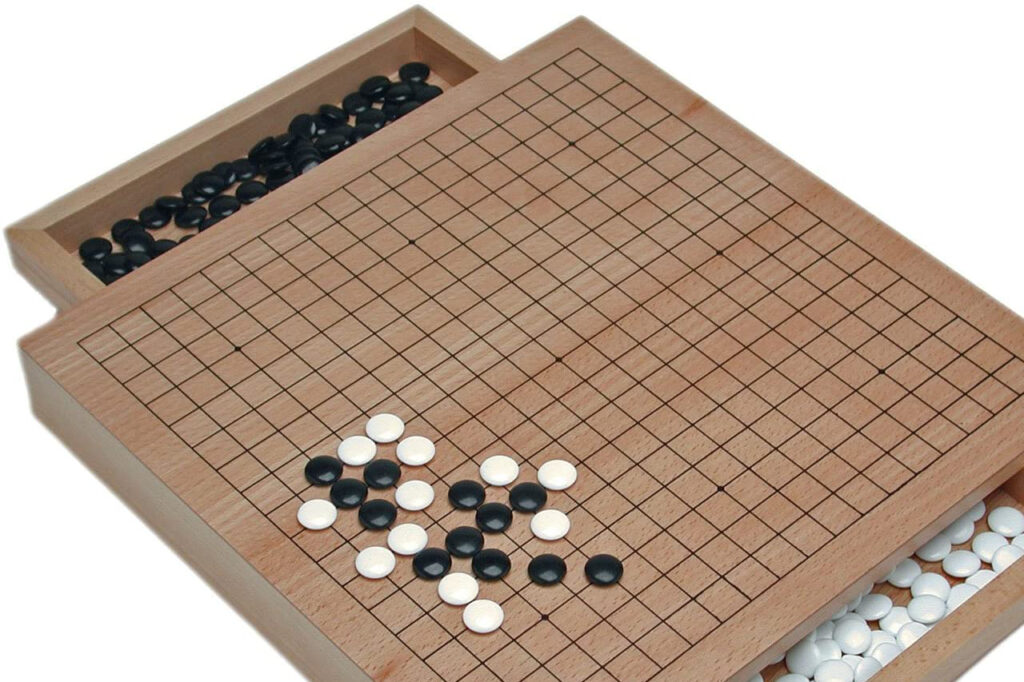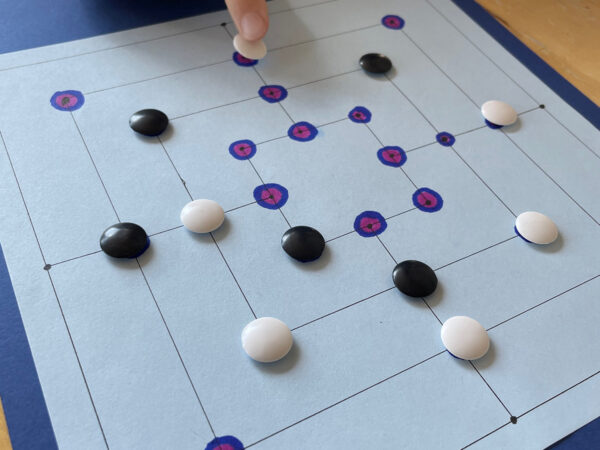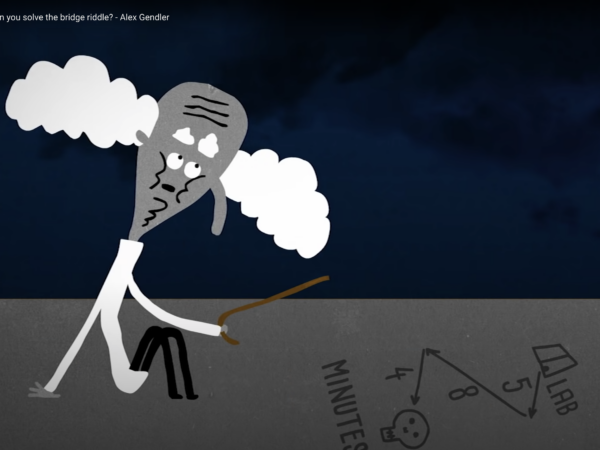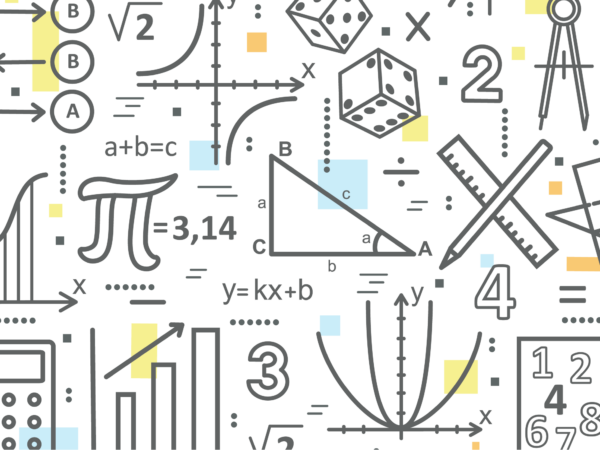Getting crushed by a 9 year old at any strategy game is a humbling experience. Losing over and over again, with huge score differentials is downright humiliating. It raises all sorts of self-doubt and questioning. Why am I not doing better? Shouldn’t I be rooting for my son instead of trying to win? But most importantly, how can I keep him busy with other activities so that I can start my own training?
The game we’ve been playing is Go. The longest continually played board game in history, Go originated in China around 2,500 years ago. We started playing as part of my son’s ancient history learning, and it quickly became a major component of our playful math.
Go Basics
The rules of Go are simple. The board consists of a 19 x 19 grid. One player is black. The other is white. Players take turns placing pieces on the board, on intersections of the grid. The goal is to surround the other player’s pieces to capture them and gain control of territory on the board. These images from the American Go Association illustrate a simple capture:
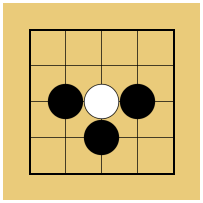
Black to Play 
Black Surrounds White 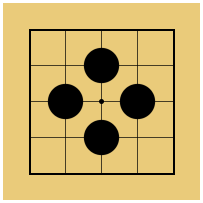
Black Captures White
One of the great things about Go is that it’s easy to adjust the game to various skill levels. For example, you can start by playing on a smaller grid, say 9×9. Go’s rules also include a built-in handicapping system, to help keep the game evenly matched.
Why Play Go
We play Go primarily because it’s fun. An added bonus is that it’s great for helping kids develop “mathematical thinking.” One of the primary ways that we approach math is building pattern recognition and logical thinking through play. As my son get older, he can build on this foundation with more formalized rules and structure.
Go is the perfect game for fostering such a playful math mind. Even though the rules are simple, the strategies and patterns in the game can get very complex. When played on the full 19×19 grid, “there are many more possible go games – 10 followed by more than 300 zeroes — than there are subatomic particles in the known universe.”[1] This means that it is impossible for players to calculate all the possible moves when playing Go.
Imagine tic-tac-toe on one end of the gaming spectrum, where all combinations can easily be seen. Go is at the other end. There is no way to see through the possibilities to pick the absolute best move.
Given this virtually illimitable complexity, go is, much more than chess, about recognizing patterns that arise when clutches of stones surround empty spaces. Players perceive, consciously or not, relationships among groups of stones and talk about such seemingly fuzzy concepts as “light” and “heavy” shapes of stones, and aji, meaning latent possibilities.[2]
This super simple game provides an entry point for players into the inspired and creative space of pattern recognition and weighing. In this way, it is a way to build mathematical intuition.
How to get started
Unlike other math concepts and games, this is a really easy one for parents to learn alongside their children. You don’t need any prior knowledge to dive in. (Just be prepared for the slightly wicked giggles that may ensue if your kids outpace you as quickly as my son outpaced me!)
Here are some resources that we used to learn the basics of playing Go.
Making Time for Play
If you’re concerned about having time to incorporate games like Go into your math routine, I suggest pairing it with some more rote skills work. For example, my son is currently working to memorize his multiplication tables. He isn’t learning any new concepts, and can tackle the memorization in about 10 minutes a day of flash cards. So this is an easy time to integrate Go into his math work.
Also, playing Go integrates well with ancient history studies. It came up naturally when we studied ancient China, just like Pachisi came up when we studied India.
Even if you aren’t comfortable building a math unit around Go, it’s definitely worth checking out for its own sake. With so many options for how to play, it’s a small investment with a potentially huge payoff in terms of fun and mathematical thinking.

